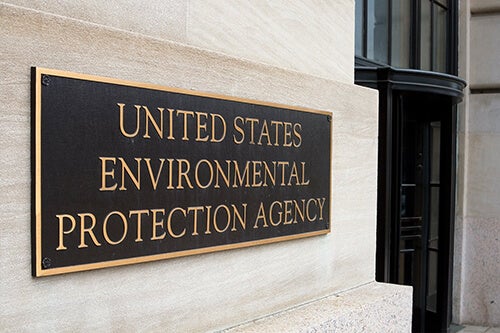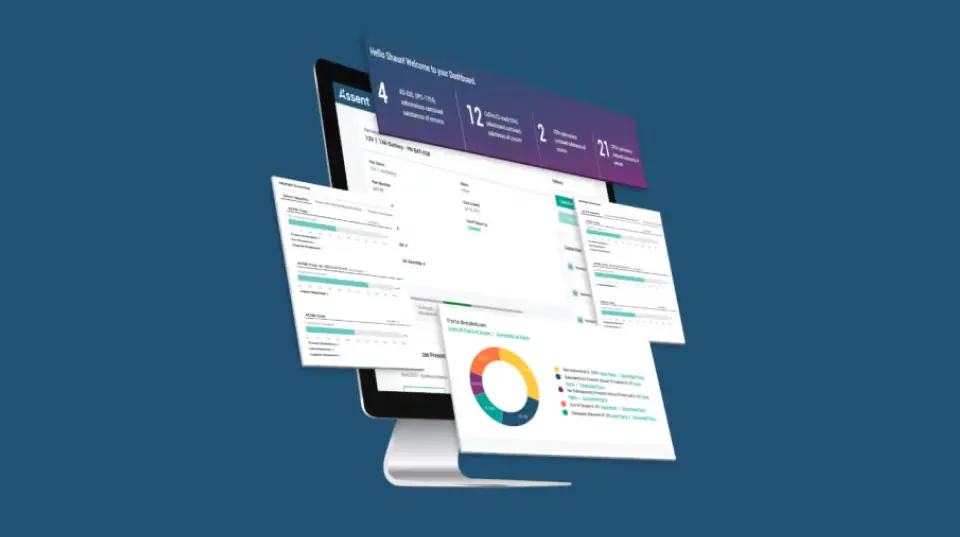If you manufacture or sell products in the EU, you’ve probably heard about the latest updates to the REACH Candidate List of substances of very high concern (SVHCs). You may also be aware of discussions around a REACH “recast” or overhaul, expected to arrive by the end of this year. In this blog, we’ll explore what has changed, how these regulatory shifts might impact your business, and what steps you can take to stay ahead.
January & June: Key Months for SVHC Updates
Under REACH, the European Chemicals Agency (ECHA) updates the Candidate List of SVHCs biannually — typically in January and June. These updates are critical because:
- New substances get added and may become subject to authorization.
- Manufacturers and suppliers have legal obligations to disclose if their products contain SVHCs above the 0.1% (w/w) threshold at the article level.
Although these biannual updates are standard, an irregular update took place in November 2024 for a substance that was missed earlier in the year. This reminds us that regulatory changes can happen outside the expected schedule, so it’s important to always stay on top of your requirements.
The January 2025 SVHC Update: What’s New?
On January 21, 2025, ECHA officially added five new substances to the Candidate List of SVHCs and updated one existing entry, bringing the total to 247 substances. According to ECHA’s announcement:
- Octamethyltrisiloxane (EC 203-497-4, CAS 107-51-7)
- Usually found in cosmetics, personal care products, polishes, waxes, and cleaning products
- Classified as very persistent and very bioaccumulative
- O,O,O-triphenyl phosphorothioate (EC 209-909-9, CAS 597-82-0)
- Used in lubricants, hydraulic fluids, and metalworking fluids, and potentially as a processing aid
- Has persistent, bioaccumulative, and toxic properties
- Reaction mass of: triphenylthiophosphate and tertiary butylated phenyl derivatives (EC 421-820-9, CAS 192268-65-8)
- Used in hydraulic fluids, lubricants, and greases, as well as metalworking fluids
- Not registered under REACH, but identified as an SVHC to prevent “regrettable substitution”
- Perfluamine (EC 206-420-2, CAS 338-83-0)
- Commonly used in manufacturing electrical and optical equipment, machinery, and vehicles
- Classified as very persistent and very bioaccumulative
- 6-[(C10-C13)-alkyl-(branched, unsaturated)-2,5-dioxopyrrolidin-1-yl] hexanoic acid (EC 701-118-1, CAS 2156592-54-8)
- Found in hydraulic and metalworking fluids and lubricants
- Toxic for reproduction
One Updated Entry
- Tris(4-nonylphenyl, branched and linear) phosphite (TNPP) (group)
- Now officially recognized for its endocrine-disrupting properties
- Often found in polymers, adhesives, sealants, and coatings
Because these newly added substances may eventually move to the Authorisation List, companies wanting to use them in the future may have to apply for permission from the European Commission.
Wondering how REACH compares with another major EU directive? Check out our blog on the differences between REACH and RoHS compliance to get a clearer picture.
Why This Matters to Manufacturers & Suppliers
With the Candidate List now totaling 247 substances, you need to be sure none of these new or updated SVHCs are in your products above the 0.1% (w/w) threshold. If you discover they are, you’re legally required to:
- Notify ECHA
- Inform customers and consumers
- Update safety data sheets
Failure to comply can lead to supply chain disruptions, financial penalties, and reputational harm. By monitoring these regulatory developments closely, you minimize last-minute scrambles to gather data from your suppliers or revise your own documentation.
A Recast in the Works
On top of the regular updates, we’re expecting a first proposal for a REACH recast at the end of 2025. While details are still evolving, here’s what we know so far:
- Substance Registration Changes: Designed to support the “one substance, one assessment” principle
- Restriction & Authorization Overhaul: A complete revision could streamline or radically alter current processes
Because the timeline for publishing the recast proposals isn’t set in stone (though it is a priority for the Danish presidency in the latter half of 2025), manufacturers should keep an ear to the ground and be prepared for potentially rapid changes.
Preparing for the REACH Recast
While the details of the REACH recast are still up in the air, early preparation will help you navigate future regulatory changes. Here are some steps you can take:
- Identify the materials, substances, and suppliers that might be affected by expanding SVHC lists or stricter authorization requirements.
- Centralize data collection and automate updates for new or changing regulations.
- Since the recast could significantly change restrictions and authorizations, stay up to date by registering for regulatory newsletters, attending webinars, and engaging with industry associations.
- Explore solutions like Assent to track and manage your SVHC data across multiple regions and product lines.
By understanding these updates and taking quick action, you can keep your products on the EU market without interruption, maintain strong customer relationships, and align with broader sustainability goals.
To learn more about Assent’s REACH solution, book a demo with our team.















